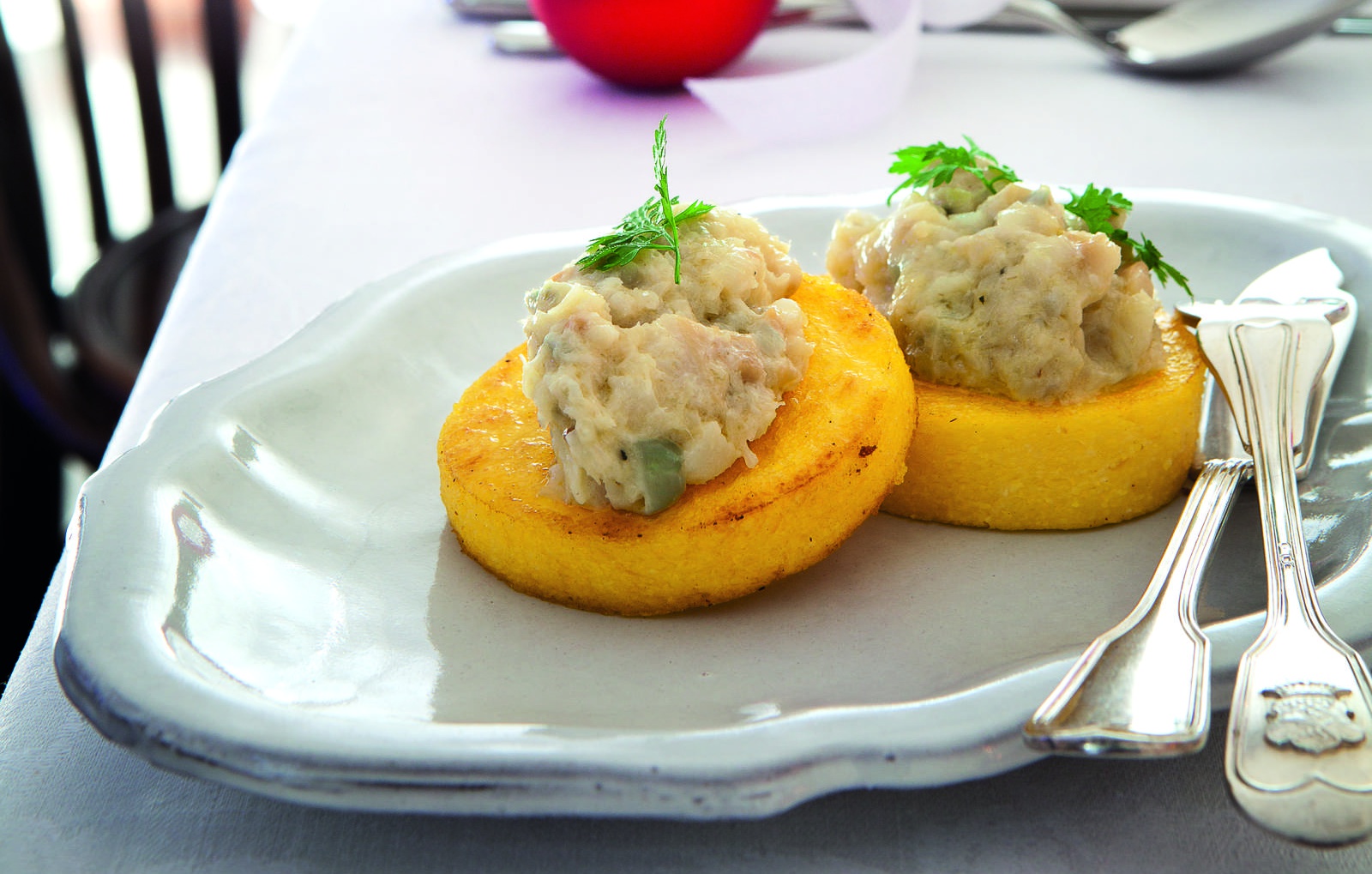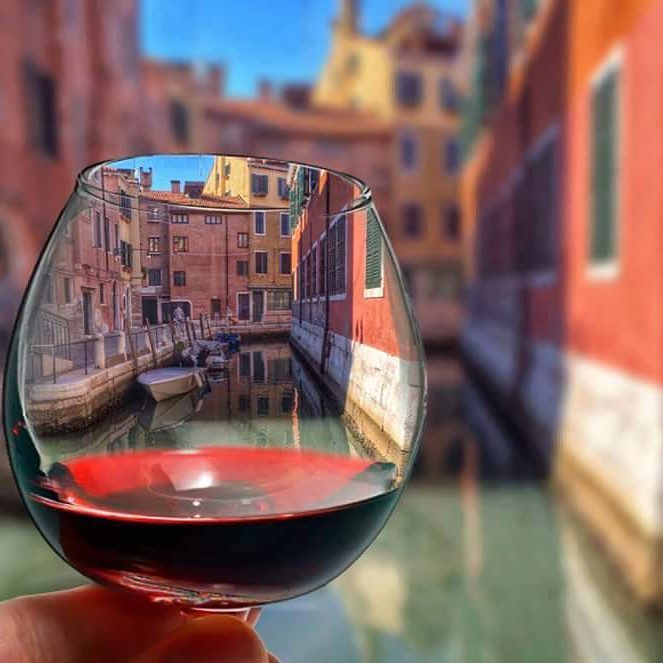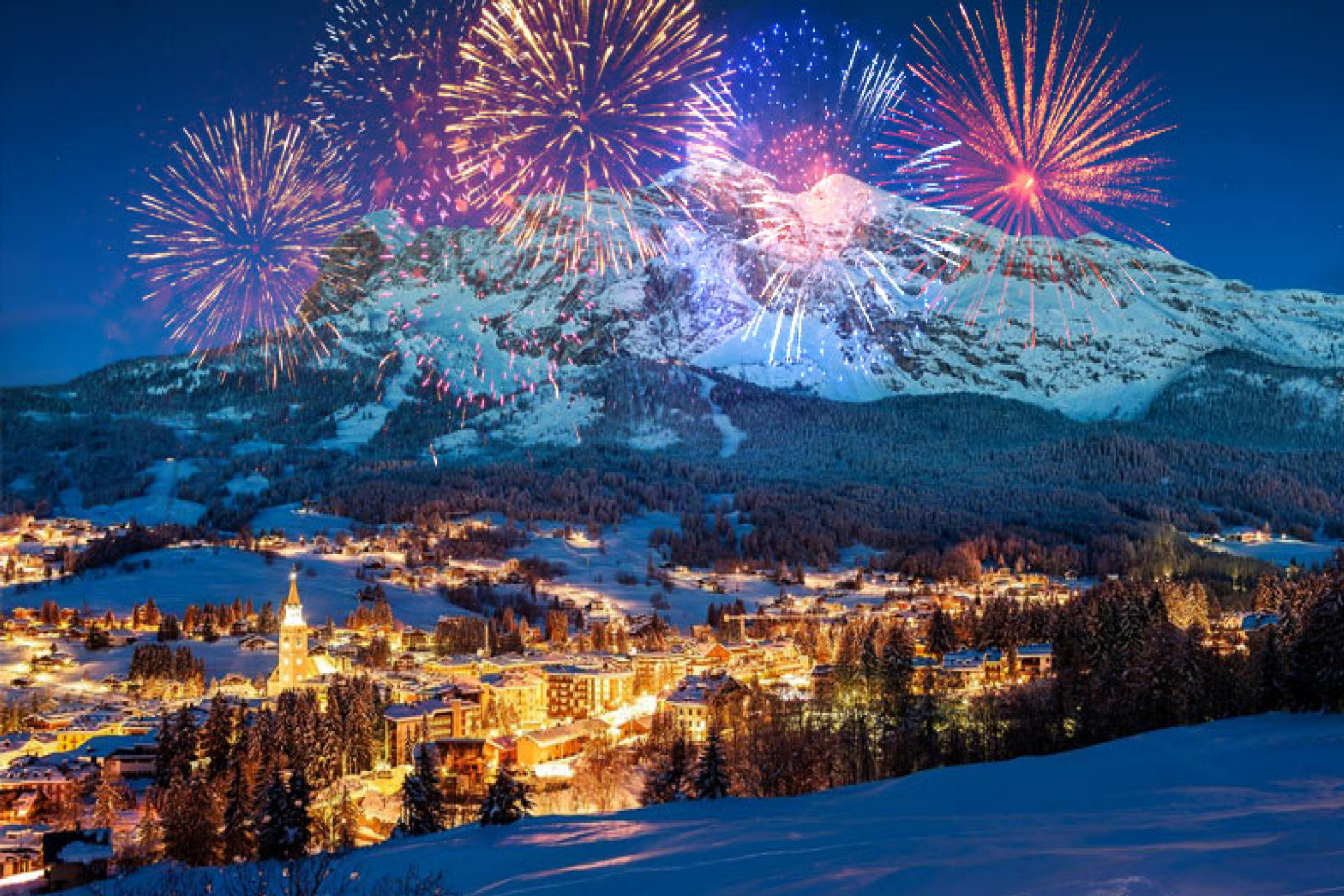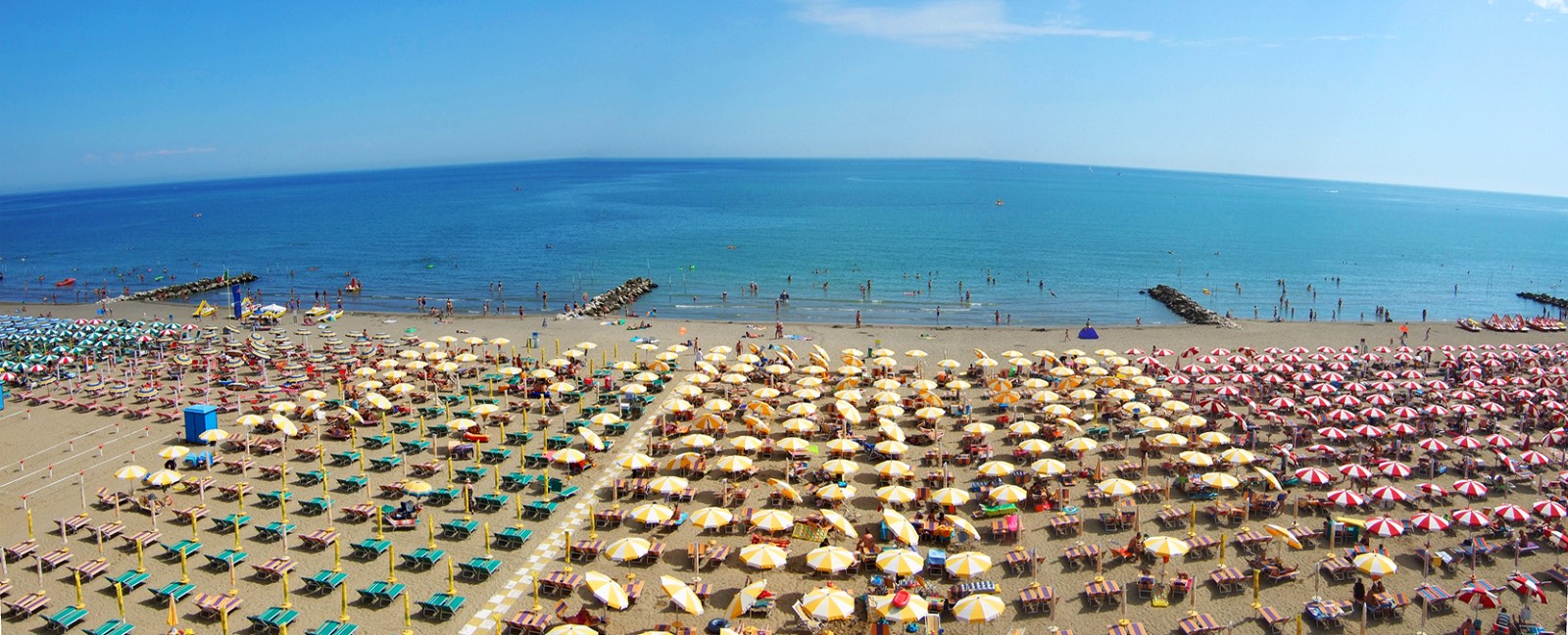It is well known that Veneto is the most touristic region in Italy. Thanks to its strategical position, close to both central and south Europe, and to its natural and cultural beauties, every year it welcomes about 20 million tourists. Travelers come from all over the world to sightsee Venice and the other centers rich in artistic and historical heritage, to spend time deep in the green mountains or on sandy beaches amid happy hours and deejays. Tourists are offered thousands of possibilities: relax at thermal baths, audacious adventures, holiday farms experience to taste authentic flavours, shopping of precious handcrafts and so on.
Everything is true and everything sounds amazing, yet, how about the locals? How do they experience their flourishing land? Do they have particular spots they like to visit, or specific activities they love? Of course everyone is different and there are many different ways to enjoy the region, especially since it is pretty broad and the habits can vary substantially between someone from Belluno’s mountains and someone from Rovigo’s countryside. Nevertheless, there might be some practices the majority shares. Here they are! Five tips which could ease experiencing Veneto like a real local.
At the table like a local

First of all, let’s focus on food! As everywhere in Italy, Veneto has a long and strong gastronomy tradition, involving a broad variety of simple yet tasty dishes.
Once at the table, it is fundamental to taste polenta, a food that can be considered the symbol of the region's plain cooking. This dish has dominated the scene since the 17th century, when grinding grains of corns became a popular practice. In fact, making polenta involves a pretty easy process: corn is grinded in order to create a simple flour, which is to cook in water. However, it can truly be an experience, since, according to the tradition, it has to be prepared in a copper cauldron and stirred with a hazel-wood spoon for about one hour. Finally, once ready, it has to be cut in slices using a woollen yarn. There are different kinds of polenta; in Padua, Treviso and Venice the most popular one is the white one, obtained from a special variety of corn, called Biancoperla. This appears more delicate than its counterpart, the yellow one, more rustic and common especially on the mountain areas.
Polenta is a versatile food due to its shapes, indeed, it can be found creamy, thick, grilled, plane or mixed with other ingredients; yet, also because of its taste, which is perfect in combination with basically everything. It matches perfectly with fish, cheese, beans, beef hash, sauces and gravies. It is a fundamental ingredient of barbecue, rosti (barbeque with birds) and it can even be found to accompany milk. This is such a beloved food within Veneto’s cuisine that today it has been also turned into a fancy element of finger food culture and aperitivo hour.
Therefore, it is a dish truly celebrated by everyone, from trendy hipsters eating it in elegant bars, to grandmothers, handing down this popular tradition to grandchildren, who joyfully scrape together polenta’s leftovers directly from the caldron.
Ordering a drink like a local

Not only the region is famous for its great deal of wines and its reputation of land of heavy drinkers, Veneto has even a specific way to ask for a drink at bars. The expression “mi dia un’ombra”, literally translated as “please, give me a shadow”, means exactly a glass of wine in its purely local declination.
There are still shadows over the origin of this term, with a literature packed with different hypothesis and legends. One of the most reliable explains that during the Middle Ages, in Saint Mark’s Square, there were a lot of stalls of wine sellers. To protect their product from sun rays and hot weather, according to the story, the sellers used to move their stands and demijohns following the shades of the Saint Mark’s Campanile, to keep the wine fresh and tasty. Therefore, on work breaks or on moments of relaxation, clients used to go on the tower’s shade to order a drink, starting to label the ritual saying “let’s go to the shadow” that, over time, turned into the mentioned "mi dia un'ombra" still popular today. Another theory, a bit less romantic, claims the origin of this motto comes from the use of “ombra” as unit of measurement, with the Italian meaning of “minimum quantity”.
If the term is still uncertain, there are no doubts about the importance of wine in the culture, history and landscape of Veneto. The Region hosted grapevines since distant eras, many centuries before Christ. Vine grew on the land as a wild plant and its fruits where used by local populations as food. The first oenological proofs come from the Etruscan period and the quality and importance of Veneto’s wine enhanced ever since. Thanks to the strong trade power of Venice, during the Middle Ages, wine started to be exported, while new grapevines imported from abroad, keeping high its fame. The Venetian’s island of Murano also contributed to boost its appreciation, designing prestigious glasses and bottles cherished by the European aristocracy. Through thick and thin, Veneto’s wines are still really refined and the wine culture is an important characteristic of the region: there is even a university program focus on oenology.
Remarkable wines in Veneto are produced in Valpollicella, with Amarone, intense, dry and red, with Recioto, red, sweet and interesting for meditation moments and dry pastries. In Valdobbiadene there is Prosecco, which actually is the name of the grapevine, which gives birth to the famous spumante. Other white wines can be found in Soave and in Euganei Hills with theirs precious Fior d’Arancio. Finally, Raboso in the area of Piave and Bardolino on Lake Garda’ shores are other two specialities worth to taste.
Remember, asking for an “ombra” implies to have a glass of house wine, which usually is a tap one, not among the most refined ones; yet, no worries, thanks to the great abundance of good wine, it will always be a win.
New Year’s Eve on the Mountains

At least once in their lifetime, people from Veneto have to spend New Year’s Eve on the snowy peack of a mountain. The region offers a great variety of different mountains, from the Little Dolomites, in the provinces of Vicenza and Verona, with famous destinations such as, respectively, Asiago plateau and Monte Baldo, to Belluno and the most touristic area of the entire Dolomites mountain range: Cortina d’Ampezzo.
Traditions, activities and sport possibilities can vary from place to place yet, the Christmas vibes, the magical atmosphere of winter and the chilly perfume of the snow blending with the aroma of crackling fireplaces define every New Year’s Eve at high altitude.
There are two different ways locals experience their mountains, either renting a chalet or attending a party at a mountain refuge. The first option usually is chosen by couples or groups of friends, which opt for a week holiday on the snow. Winter sports such as skiing, snowboarding, going sledding or snowshoeing are the most common activities during these holidays, even though people might dedicate their time to spas, shopping of local craft-works and visits of mountain little villages. During the last evening of the year, the custom is to prepare a rich dinner, to spend the time together at the table and to go outside at midnight to celebrate the new year coming, admiring the sky and the countryside underneath, enlivened by the colors of thousands fireworks. Afterwards, the party continues with music and dance, either at the chalet or at some event organized by the closest touristic mountain village.
The second option happens within a day, and it consists in joining the party offered by a mountain refuge. On the 31st of December people hike the mountain in the afternoon, to reach the refuge, where they can relax and revive after the long walk. There, they usually have the New Year’s Eve feast, interesting for being cheap and cheerful, with local ingredients and simple recipes. At night the high altitude party starts with music and fireworks. At midnight, looking at the sky and at the surrounded landscape dyeing with bright colors is a fascinating experience. Afterwards, the night ends with a charming skiing or hiking descend, lit up by the torch or directly by the tenuous light of the moon.
Which mountain destination better to select? It depends on the personal tastes. Cortina d’Ampezzo is one of the most paramount destinations of the Dolomites, nestled in a basin and surrounded by stunning mountains, like the Tofane, the Nuvolau chain and the Cinque Torri. It is the typical mountain centre, with stones houses, with floral balconies and wooden sharp roof. Due to its fame, this little town is really worldly and touristic and it might appear a bit less characteristic, on the other hands, it offers fancy events and crazy parties. In Vicenza the mountain villages are more people-oriented and it is easier to live the real peacefulness and calm of the high peaks. Nevertheless, particular places, such as Asiago, never fail to offer entertainment and city life.
Summer time at the baths

People in Veneto are pretty eclectic. If in winter the common destination is the mountain, as soon as the sun starts to scorch and the bodies begin to get sticky, people shift to the sea shores. This approach towards the different seasons might be due to the shape of the region they have been gifted with. Veneto, indeed, offers all types of natural beauties and it would be crazy not making the best out of it.
On the East side, the region overlooks the Adriatic Sea for 130 km, designing a long strip of golden sand and calm water, from Bibione on the north far end, to Po Delta Park on the very south. Throughout the kilometres, an impressive variety of different littoral landscapes twists and turns. There are wild and free beaches, such as Rosolina, where sandy dunes and luxuriant pine forests split the sea from the water of the lagoon. Cavallino, where the men did not lose contact with nature but live within it, with campsites and broad free shores. There are fancy and glamour destinations, such as Venice Lido, characterized by elegant cabins, or Albarella, a private top-rated island which offers all possible facilities, yet also protects its rich flora and fauna. Ultimately, there are beaches characterized by the “baths”, such as Jesolo and Sottomarina and here it comes to the peculiarity of Veneto’s seaside.
The tradition of seaside baths rose back in the 19th century, and one of the first examples in Europe was built exactly in Venice. Today, this kind of beach resorts attract a great deal of locals from all ages and backgrounds. Families with kids, couples, teenagers, workers on their day off or on the after-shift time, from the cities gather on the seaside for a day or even just an afternoon of comfort and relax. It is the perfect solution for a carefree and cheerful moment, at the baths, in fact, it is possible to find any kind of facilities. There is the restaurant, the bar for drinks and snacks, beach umbrellas, beach chairs to rent and often structures for sport activities, from beach volley to water sports. It is not “wild and dangerous” but it is the quintessence of an easy vacation. This type of seaside has its particular charm: the endless sequence of baths, with specific colors and themes, sparks a feeling of ease and summer vibes. Some are more elegant, others are more chill; some target families, others offer services mostly for young people, such as music events and exciting beach parties with cocktails, deejays and shows, which attract people from all over the region.
Back home with a speck of Venetianity

Of course, as tourist, it is desirable buying a souvenir of the destination, in order to go back home with a concrete memory. It would be an object to collect in a corner of the house, something to help reminisce for a second about the joyful time of the trip. What would this purchase be, if, during a holiday around Veneto, the goal was to choose a souvenir like a local? How about selecting an ornament, which can be found in basically any house of the region?
It is possible that in Veneto, almost every family treasures a mask from Venice, expression of the attachment the citizens feel for their most representative city. Many different kinds of masks are collected, from the little cheaper versions to hang on the wall, to the ones produced by master craftsmen, the mascareri, real collectibles made of papier-mâché and decorated with gems, glass, crystal, precious textiles and high quality paintings.
The Venetian mask is the outlandish symbol of Venice and it incarnates the seductive and mysterious aspects of the city. Its history began in ancient time, at the beginning of the 11th century. Even though it is common to associate the masks with Carnival, the formers were often used, in Venice, during many other occasions. Of course, they were used also during this celebration, that, during the Middles Ages, used to last from the 26th of December to the Ash Wednesday. There were six weeks of parties, parades, costumes and celebrations, where people hid their personal identity, their social class and even their gender, to feel free to be and behave as they really wished. Yet, people disguised themselves also to protect their identity while involved in shady business, such as gambling in casinos or dangerous trades. Masks were also worn to participate to parties or banquets and any other time people wanted to interpret a different persona and behave on the edge of legality, without the risk of being arrested. Therefore, masks were perceived as a tool to escape the reality, to transgress and to break free from all the social rules imposed by the Republic of Venice. With times, authorities worked to contain all these bizarre habits, allowing them only during carnival and special private events. When the Serenissima Republic fell, the trend of disguising disappeared and masks lay on Venetians’ drawers for almost two hundred years, until, in the ‘60s, Carnival came back into vogue, and so did the costumes.
Which are the most famous masks of the Venetian tradition? The bauta, used by both men and women to maintain perfect anonymity, consisting of a white mask, decorated with a black veil and a tricorn. The moretta, a female mask, oval and embellished with a black velvet fabric; it used to be worn holding a pivot in the mouth, so it was a silent disguise, very appreciated by the men of the time. And finally the mask of the plague doctor, with its characteristic long nose.
These are some tips to have an authentic experience of Veneto, to live the region at 360 degrees, from the table to the souvenirs, visiting the land from north to south. Yet, this destination is such a broad place, characterized by diverse geographic aspects and various cultural marks, that it is impossible to draft a complete list of local habits.
Therefore, the ultimate tip to visit Veneto like a local could be: come to visit the place and get the chance to talk with the folks, ask for stories and advice, taste the specialities, once in a while get off from the beaten tracks and embrace the experience. It will help you embracing the place and feel it like yours.










Lascia un commento